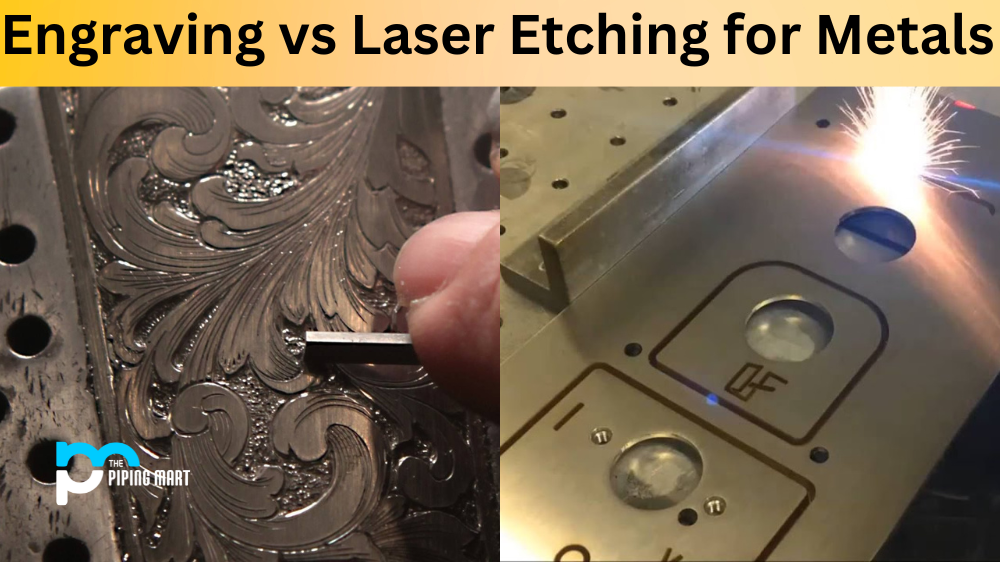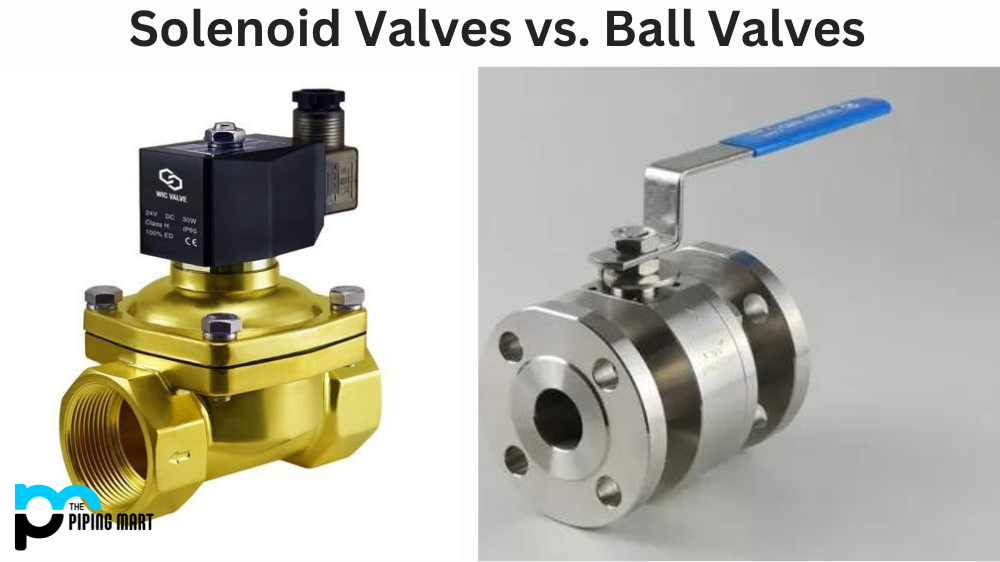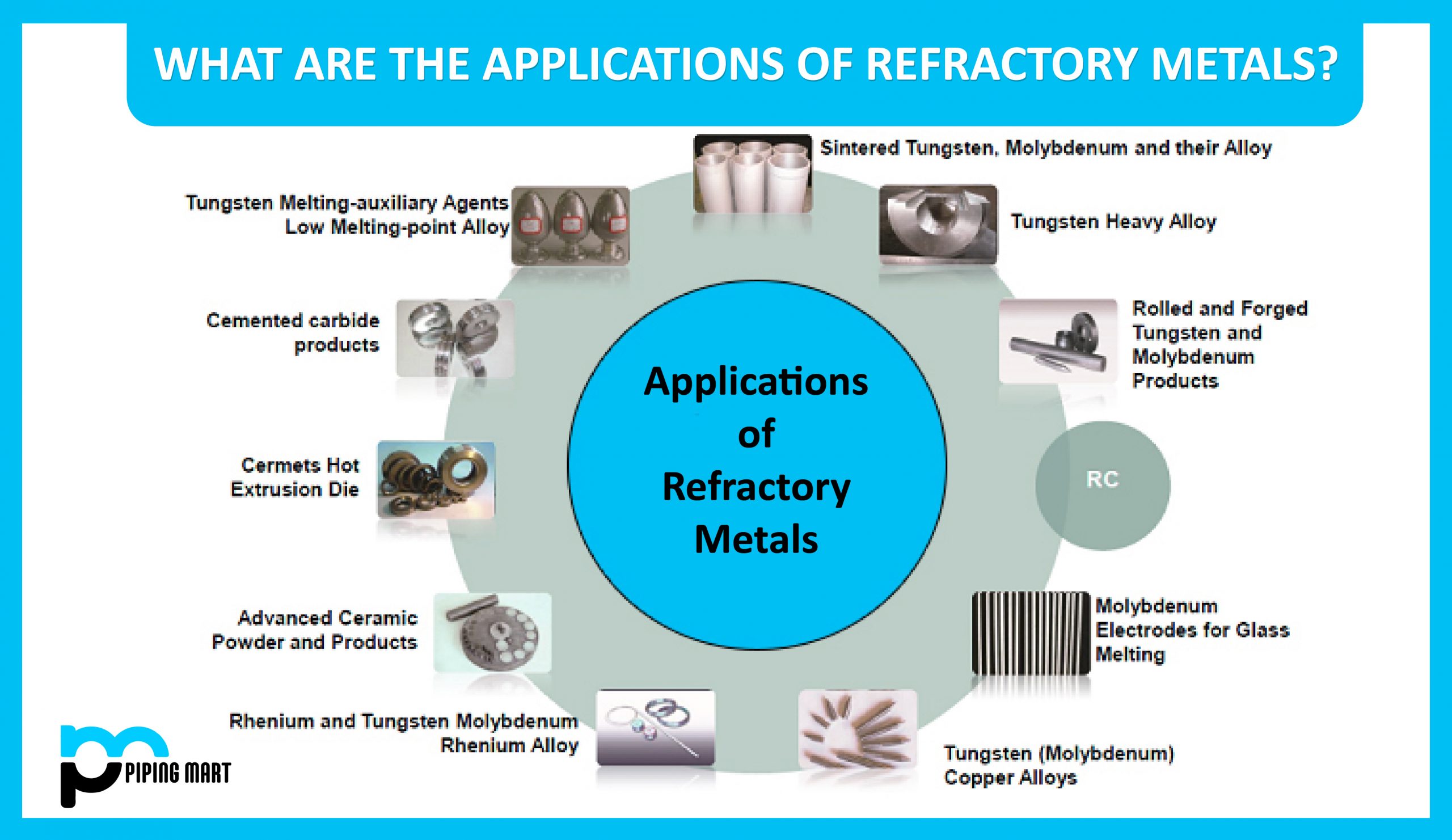When you need to mark a metal surface with intricate details or unique images, you have two primary options: engraving and laser etching. Both techniques offer different benefits, so deciding which is the best option for your project can be difficult. Let’s explore the differences between these two processes and discuss why one may be better suited for your particular needs.
Engraving
Engraving is a traditional metal marking process that has been used for centuries. It involves scraping away the top layer of metal to create permanent marks on the surface. This technique is often used to make decorative patterns or add text, logos, and other artwork to metal objects such as jewelry, firearms, tools, and trophies. The depth of the marks produced by engraving is determined by how hard the tool is pressed against the metal surface.
The advantage of engraving is that it creates a precise mark with sharp lines and clear details that can be seen clearly from a distance. It also does not require any additional equipment or materials since all that’s needed is an engraver’s tool and some elbow grease! However, engraving can be time-consuming depending on the complexity of the design being etched into the metal.
Laser Etching
Another popular method for marking metals is laser etching. This process uses a high-powered laser beam to vaporize small areas of material from a surface in order to create marks. Unlike engraving, which involves manually pressing a tool into the metal, laser etching can produce extremely complex designs quickly and accurately without any physical contact with the workpiece at all. This makes it ideal for projects where precision and speed are both important factors.
Although laser etching requires more upfront costs due to having to purchase specialized equipment, it ultimately saves time compared with manual methods such as engraving because there’s no need to spend hours meticulously pressing tools against a surface to achieve desired results. Additionally, laser etching produces marks that are deeper than those made by traditional methods, so they will last longer over time without fading or wearing down as easily.
Difference Between Engraving and Laser Etching for Metals
Advantages of Engraving
One of the advantages of engraving is that it can create very intricate designs. This process also allows for a great deal of control, as the artist can control the depth, width, and direction of the lines being created. Additionally, engraving is relatively inexpensive and does not require any special equipment.
Advantages of Laser Etching
Laser etching has several advantages over engraving, including speed and accuracy. Laser etching can also be done on materials that are difficult to engrave by hand, such as stainless steel or titanium. Additionally, laser-etched designs tend to be more durable than those created with traditional engraving methods.
Disadvantages of Engraving
One of the disadvantages of engraving is that it can be time-consuming, especially if the design is complex. Additionally, this process requires a steady hand and a great deal of patience. Another downside to engraving is that it is not possible to erase mistakes; once a line is engraved into the metal, it cannot be removed.
Disadvantages of Laser Etching
The biggest disadvantage of laser etching is the cost; this process requires expensive equipment that may not be affordable for everyone. Additionally, laser-etched designs may not be as precise as those created with traditional engraving methods.
Conclusion:
In conclusion, when deciding between engraving and laser etching for metals, it’s important to consider how much time you have available and what kind of results you want from your project before making your choice. Engraving offers precision detail but takes more time, while laser etching provides quick results but requires additional equipment costs upfront. Ultimately though, both are viable options depending on what your specific needs may be!

A passionate metal industry expert and blogger. With over 5 years of experience in the field, Palak brings a wealth of knowledge and insight to her writing. Whether discussing the latest trends in the metal industry or sharing tips, she is dedicated to helping others succeed in the metal industry.




